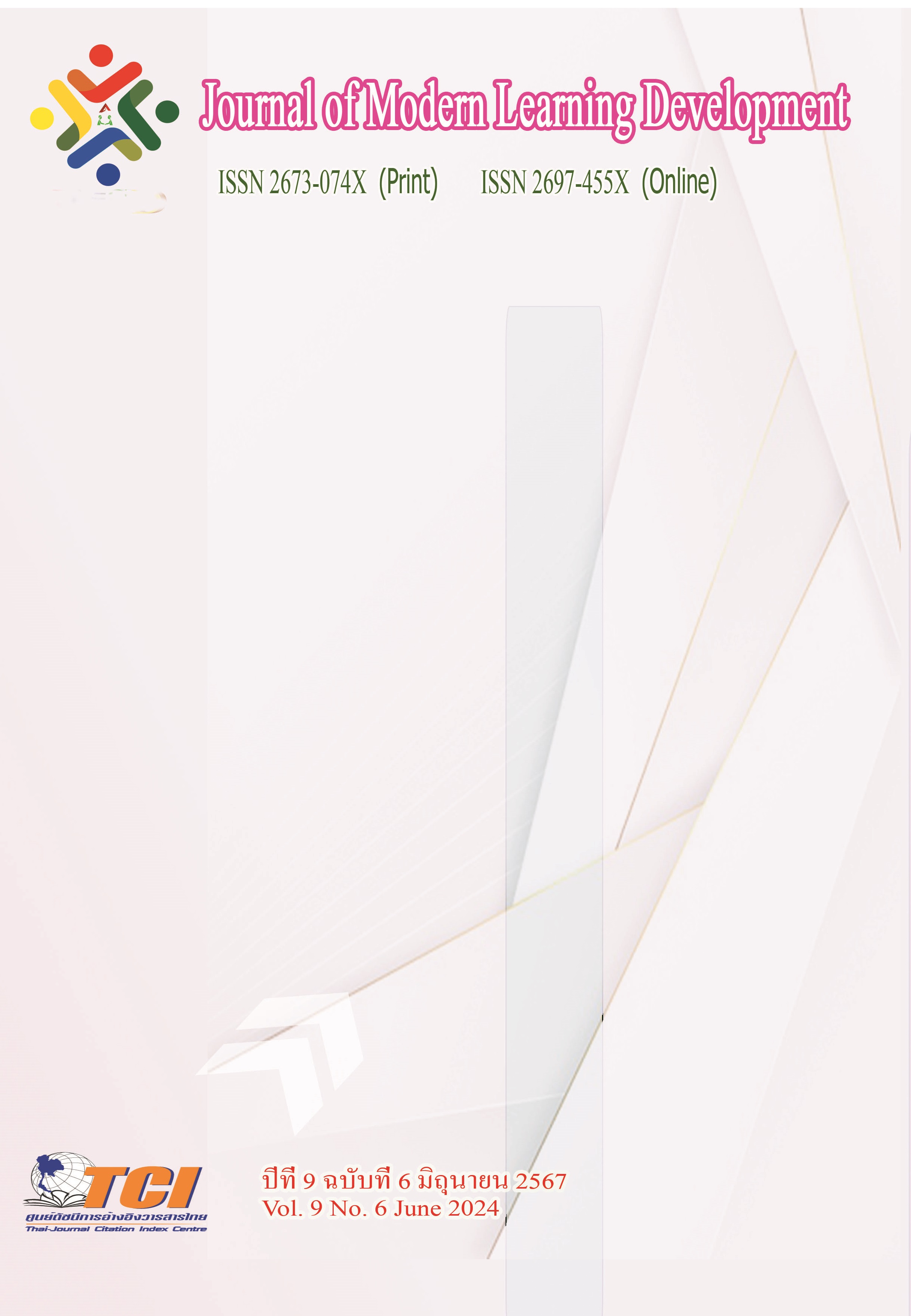Solfeggio Development and Teaching in China
Main Article Content
Abstract
Solfeggio is to cultivate the ability of listening and reading music through solfeggio practice and listening training, so as to master the correct intonation, rhythm and basic solfeggio ability of music score. Music works through a special distribution system of brain nerve modules that perform specific tasks. He gave examples to prove the complex interaction of the brain, that is, how to activate brain cells and functions by describing the internal process of children playing musical instruments. In other words, children can receive music education scientifically from an early age, which can not only stimulate their brain potential, but also improve their physical and mental coordination and social skills, and enhance their comprehensive literacy and performance ability. This article presented the development and teaching of solfeggio in China.
Article Details
References
Barkóczi, I. (1977). Kodály zenei nevelési módszerének pszichológiai hatásvizsgálata. Kodály Intézet, Kecskemét.
Bilhartz, T. D. – Olson, J. – Bruhn, R. (2000). The Effect of Early Music Training on Child Cognitive Development. Journal of Applied Developmental Psychology, 20 (4), 615–636, https://doi. org/10.1016/s0193-3973(99)00033-7.
Liu, X. (2022). The Problem Design for Promoting Students' Thinking Development, Haidian Teachers' Training School, Beijing.
Yang, L. (2010). Kodaly's Music Education Thought and Hungarian Music Education. Shanghai: Shanghai Education Press, 44.
Yang, L. (2002). Learning psychology of the first tune roll-call method. China Music Education, 11.
Yin, Z. (1999). Solfeggio Teaching Method. Southwest Normal University Press.
Zhang, W. (2019). Discussion on the Path of Combining Classical and Popular in College Music Teaching. Northern Music.


